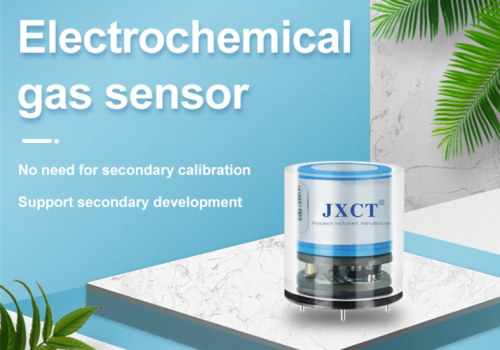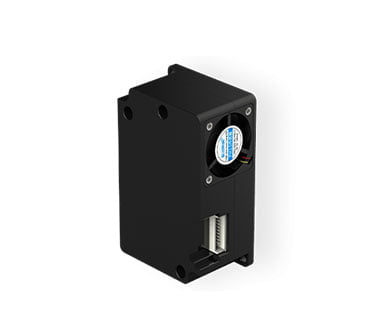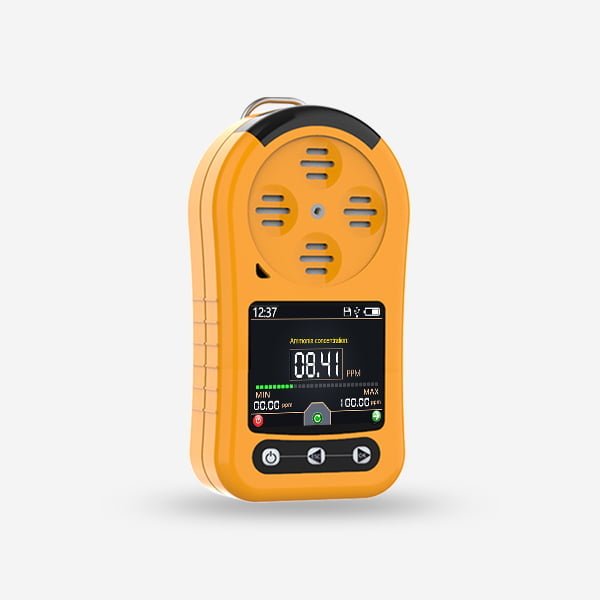Semiconductor gas sensors represent an innovative breakthrough in the field of gas detection. The technology of high sensitivity, rapid response and cost efficiency and focus. In this article, we will explore the operating principles, applications, and advantages of semiconductor gas sensors.

Working Principle:
Semiconductor gas sensor function based on the concept that different gases alter the electrical conductivity of semiconductor materials. When a targeted gas interacts with the sensing material, it induces a chemical reaction, leading to changes in the electrical properties of the sensor. These changes are then translated into measurable signals, allowing for accurate gas detection. The inherent sensitivity of semiconductor gas sensors enables detection at even low concentrations of gases.
Applications:
Semiconductor gas sensor find widespread applications in various industries, owing to their versatility and reliability. One of the primary uses is in industrial environments, where early detection of hazardous gases is critical for ensuring worker safety. Semiconductor gas sensors are employed in chemical plants, refineries, and manufacturing facilities to monitor the presence of toxic gases such as carbon monoxide, hydrogen sulfide, and ammonia.

These sensors also play a vital role in environmental monitoring. We use Semiconductor gas sensors in air quality monitoring systems; To measure and analyze pollutant levels. In addition, semiconductor gas sensors detect leaks of combustible gases such as methane in buildings, thereby preventing potential fire hazards.
Advantages:

Semiconductor gas sensors offer several advantages over traditional gas detection methods. Firstly, they provide real-time and continuous gas monitoring, enabling prompt response to potential gas leaks or environmental changes. Their rapid response time ensures the detection of gas presence without delay.
Secondly, semiconductor gas sensors are highly sensitive, capable of detecting gas concentrations in parts per million (ppm) or even parts per billion (ppb) range. This heightened sensitivity allows for precise monitoring of gases at even trace levels.
Furthermore, these sensors are compact, lightweight, and cost-effective. Their compact size makes them suitable for integration into stationary or portable monitoring devices. The cost effectiveness of semiconductor gas sensor has become a city industrial choice for large-scale deployment.
Conclusion:
Semiconductor gas sensors have revolutionized the field of gas detection, offering unparalleled sensitivity, rapid response, and cost-effectiveness. Their diverse range of applications in industries and environmental monitoring systems make them indispensable tools for ensuring safety and improving air quality. As this technology continues to evolve, we can expect further advancements in gas detection and monitoring, ultimately leading to a safer and healthier future.





